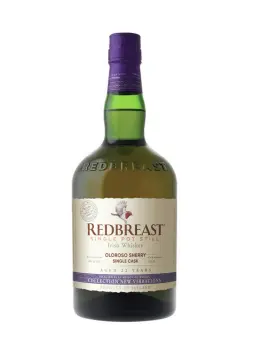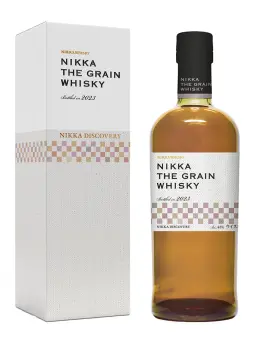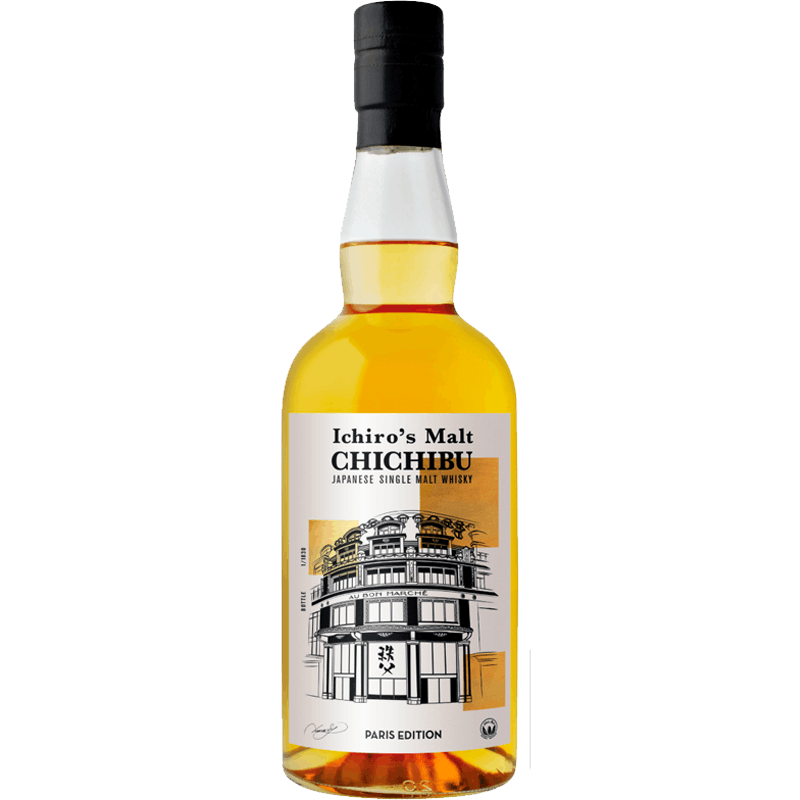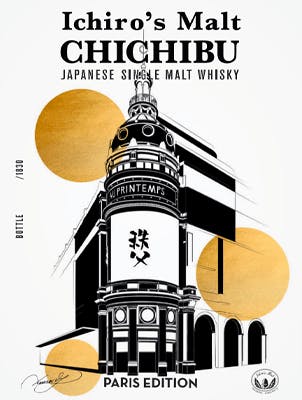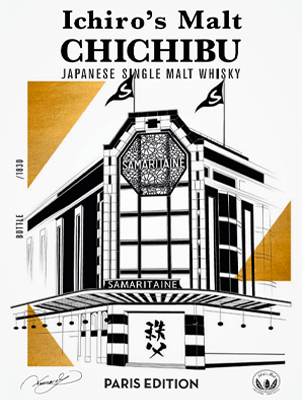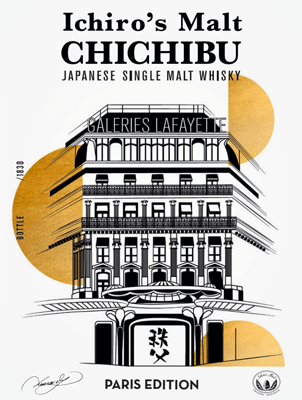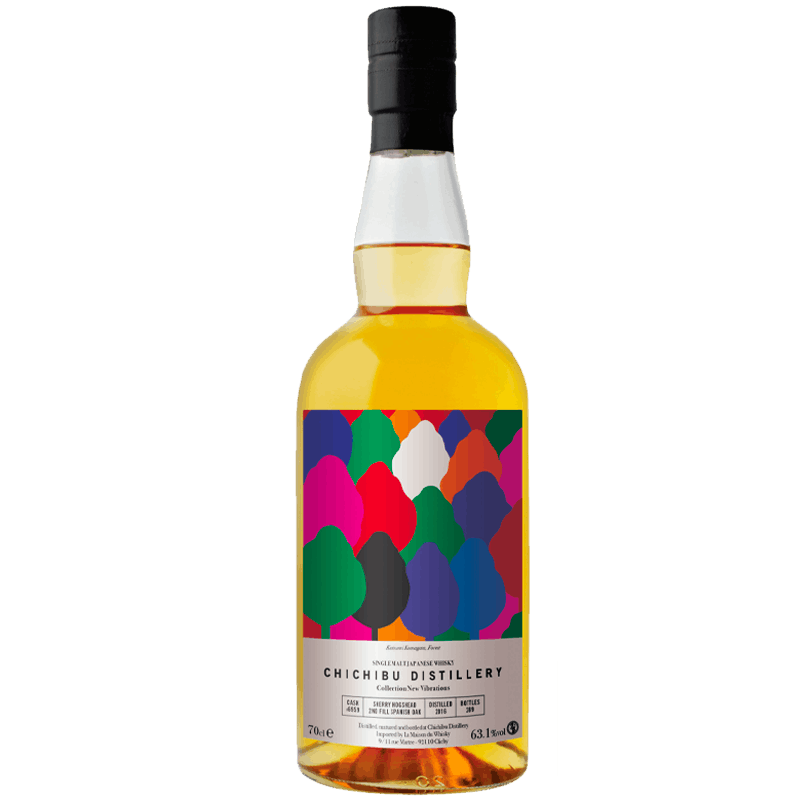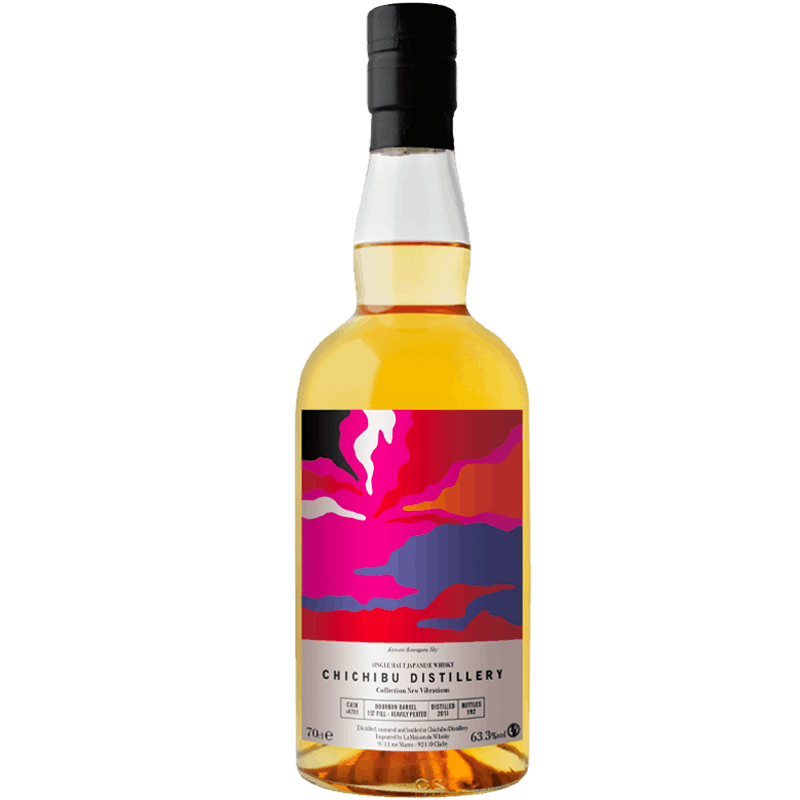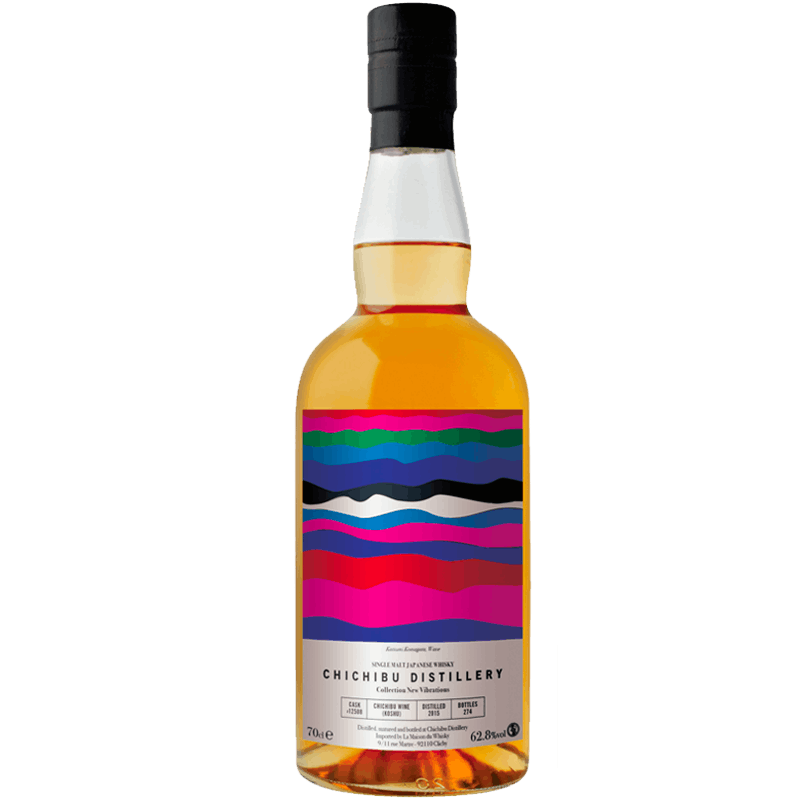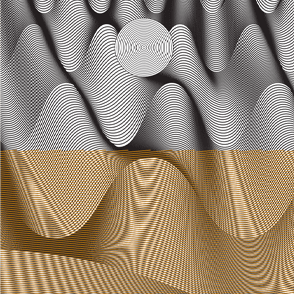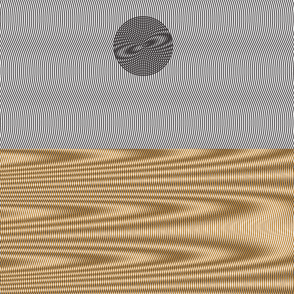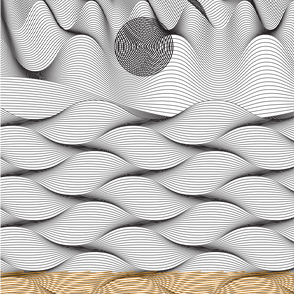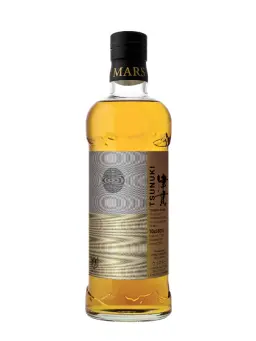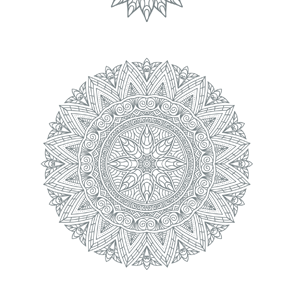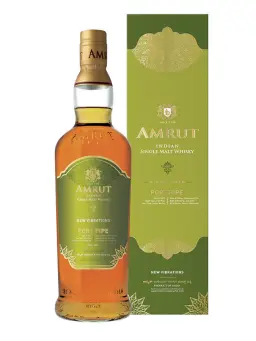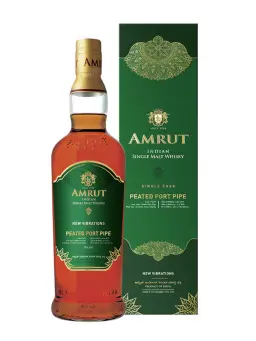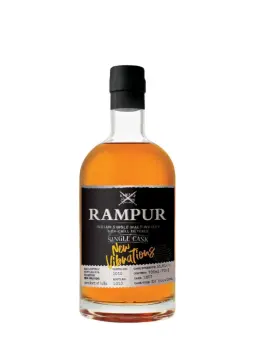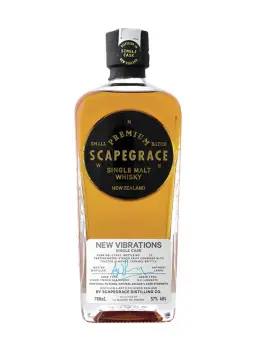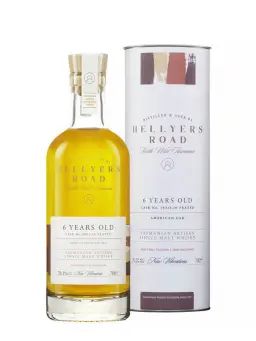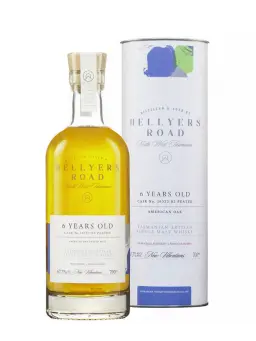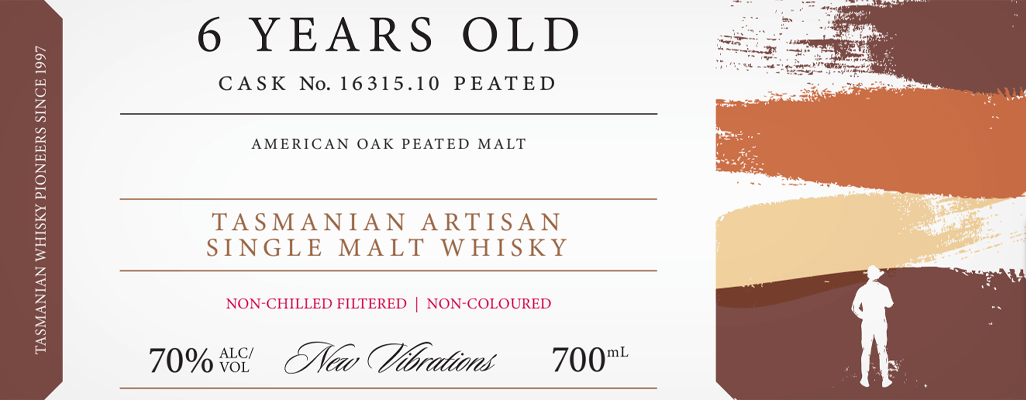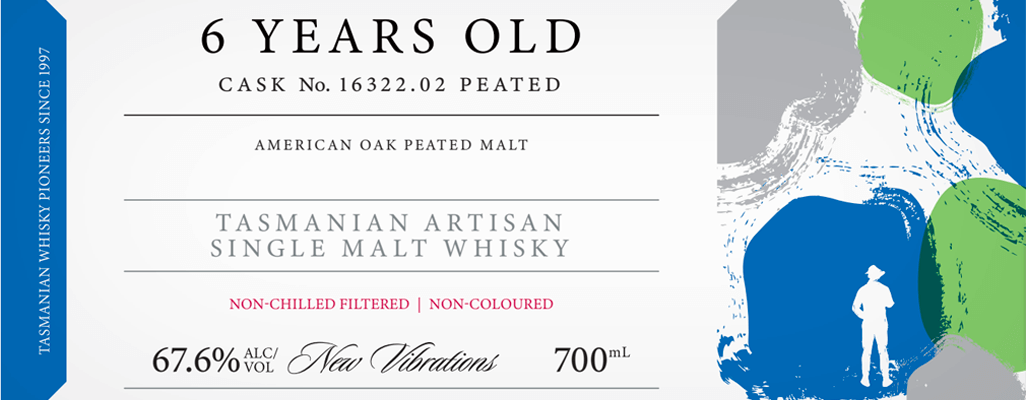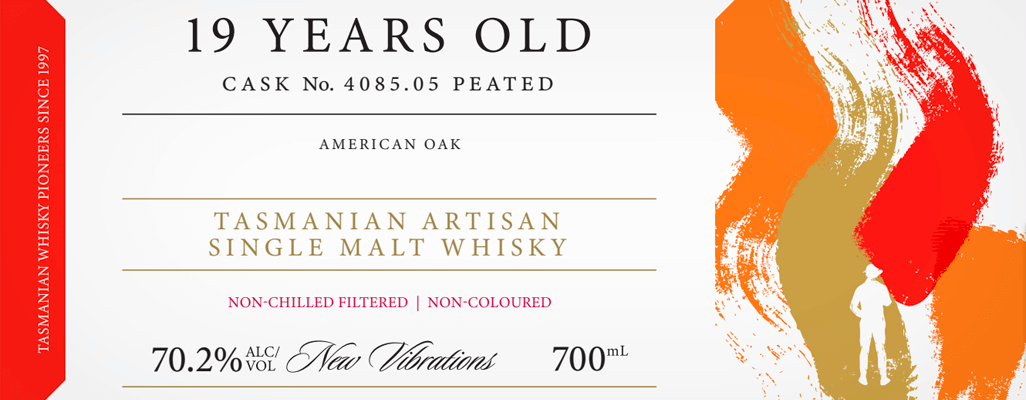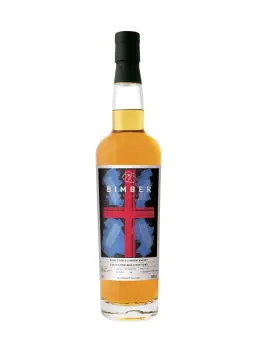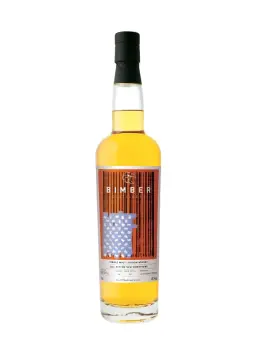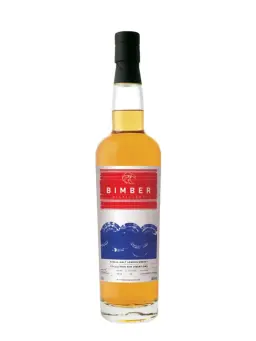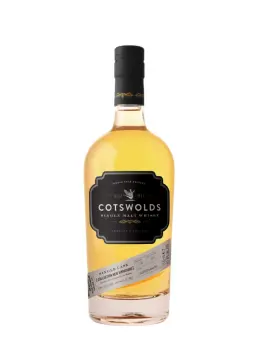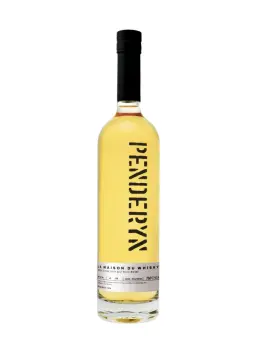
New Vibrations
World Whisky
ORIGINS & NEW HORIZONS
A reflection of the range and diversity of the industry, this chapter is a selection of bottlings from all corners of the world.Whether single malts, bourbons, ryes, or blends, these products from all around the globe are pages of a world- wide history that is still actively being written. In the lastfew decades, countries in Europe and Asia havecarved out a space alongside the histo- rically established whisky-producing nations, and are now fully fledged players in the industry. The coming years could well see new territories emerge on the world stage, particularly in Asia with China’s entry into the market.
Proceeding chronologically, the selection opens with Ireland and the United States, where the whisky industry became established and structured in the late 18th century before under- going rapid transformations due to the following century’s technological advancements. The pioneer brands like Redbreast and Blanton’s share these pages with Willett (reborn from its ashes in 2012), and with distilleries founded in this century, such as Waterford and Whistle Pig.
Our tour of longtime whisky-making nations then sets sail for Japan, where single malts and blends have been produced for a century. Nearing its 90th anniversary, Nikka Whisky is one of the undeniable elders of the Land of the Rising Sun. Alongside it stand Mars – whose oldest active distillery, Shinshu, was founded in 1985 – and Chichibu, the vanguard of a new generation of whisky producers.
Lastly, the voyage across the history of spirits turns toward new countries, whose whisky production began more recently: India (Rampur, Amrut), Taiwan (Kavalan), Australia (Starward, Hellyers Road) and New Zealand (Scapegrace, which launched its first whisky last year and plans to open a new plant in the Autumn of 2023). The new wave of European distilleries, all born after 2000, rounds out the selection: Penderyn, Smögen, Cotswolds, and Bimber.
A SYMPHONIC ASSEMBLAGE
For the New Vibrations catalogue, Mark Reynier, founder of Irish distillery Waterford, and Ned Gahan, the master blender of this Irish distillery have come up with a new Micro Cuvée: Good Vibrations.
Borrowed from the Beach Boys, its name makes you think of Brian Wilson’s sunny, carefree song, whose release joyously marked the history of Californian 1970s. A simple nod to a soundtrack that has become legendary? This track, which required 22 sessions and the use of the Themerine, an innovative instrument that prefigures electronic music, turns out to be more complex than its vocal harmonies and different instrumental parts... A bit like this Micro Cuvée, whose development was motivated by an experimental approach.
To create Good Vibrations, twelve blends were made from the sensory analysis of distillates from barley grown on seven farms and three- year-old versions aged in four different types of cask, tasted at natural degree. The chosen recipe combines four whiskies aged in bourbon casks, vintage 2019, made from barley grown at Lacka Farms, Lacken and Donoughmore farms.
« Micro Cuvée is a kind of experimental protocol involving components of Waterford spirits that could one day contribute
to the complexity of The Cuvée, our permanent edition. You can think of it this way, but also in a more amusing way: as something a little more outside from the usual creative codes of the Cuvée Concept series, allowing us to allows us to «play» with all the ingredients from our portfolio and terroirs, and to work on a unique blend that represents a moment, a sensation or a vision. »
Mark Reynier, fondateur de Waterford
A KALEIDOSCOPE IN NIKKA’S IMAGE
Nikka Whisky was founded on 2nd July 1934, when Masataka Taketsuru opened the Yoichi distillery on Hokkaido, pioneering the production of whisky in Japan. With its 90th anniversary approaching, the Japanese distiller launched the Nikka Discovery range in 2021, a series which highlights the company’s know-how and history.
After two annual pairs of Yoichi and Miyagikyo single malts, dedicated respectively to peat in 2021 and yeast in 2022, Nikka Discovery’s third edition is a unique yet complex assemblage dubbed The Grain. To create this release, Nikka Whisky’s master blenders selected seven styles of grain whiskies — the oldest being 1988 vintages — from four different distilleries: Miyagikyo, Nishinomiya, Moji, and Satsuma Tsukasa.
The result is partly made up of Coffey Grains and Coffey Malts produced by Miyagikyo, in addition to older Coffey Grains (maize and malted barley) and Coffey Malts (100% malted barley) from Nishinomiya, which produced grain whisky until 1998. As their names indicate, these expressions were distilled in Coffey stills, which Masataka Taketsuru discovered as early as 1919 while apprenticing with James Calder in Scotland, and imported to Japan in 1963.
Added to these are grain whiskies made from both malted and unmalted barley at the Moji and Satsuma Tsukasa distilleries, as well as a maize-, rye-, and malted barley-based whisky produced by Satsuma Tsukasa. Both distilleries specialise in shochu production and are equipped with pot stills, and were purchased in 2002 by Nikka Whisky’s parent company Asahi.
"A smooth, fruity, and complex vintage, The Grain’s label bears a colourful checkerboard pattern symbolising the distinct characters of the four distilleries that birthed it. "
A TOUR OF PARIS’ GRANDS MAGASINS
With their great glass windows, fine decorative ironwork, and ornate facades, Paris’ department stores bear witness to advancements in both retail and French architecture in the second half of the 19th century.
In 1852, the inauguration of the Bon Marché — the world’s very first department store, created by Aristide and Marguerite Boucicaut — was the start of a minor revolution: fixed prices, lower margins, home delivery, product returns, mail order, sales, and even a library. This new retail model pioneered by the sixième arrondissement esta- blishment inspired imitators the world over. The ‘luxury bazaar’ concept attracted office workers and members of both the middle and upper classes, promising a long and bright future ahead.
Four years later, in 1856, traveling salesman François Xavier Ruel opened the Bazar de l’Hôtel de Ville, originally named Bazar Napoléon. In the following decades, Parisians and tourists would witness the birth of several competitors: Le Printemps Haussmann, created by Jules Jaluzot and Jean-Alfred Duclos in 1865; La Samaritaine in 1869, founded by Ernest Cognacq and his wife Marie-Louise Jaÿ, which reopened in 2021 – newly
resplendent after 16 long years of renovation; and lastly Les Galeries Lafayette, which opened in 1894, over 40 years after the Bon Marché. In 1923, Le Bon Marché expanded to a new location at the corner of rue du Bac and rue de Sèvres: Le Comptoir de l’Alimentation, which 50 years later, in 1978, would be rechristened La Grande Épicerie de Paris.
At the time, this was a second retail revol- ution: the first time that a grocery and delicatessen was part of a grand magasin. It sold fine canned goods, rare teas, powdered cacao and chocolates, and added fresh foods in 1933. Themed exhibits were held to promote foreign cuisines, most notably from Italy and Great Britain. A Parisian icon, this Rive Gauche staple celebrates its first century in 2023.
It is to this aspect of Parisian history that Chichibu has dedicated its Paris Edition 2023, an exceptional assemblage by master distiller Ichiro Akuto. Five labels have been designed, each representing the facade of one of these symbols of the French capital’s retail and architectural history.
CHICHIBU X KATSUMI KOMAGATA
Alongside the Paris Edition 2023 release, Japa- nese distillery Chichibu – founded by Ichiro Akuto in 2008 – has unveiled a new series of single- casks: four versions aged between 6 and 9 years, whose organoleptic profiles stem from the use of different varieties of barley and from ageing in distinct cask types.
The labels for these bottlings were created by Japanese designer Katsumi Komagata, famous for his works of colourful papercraft. Titled Bird, Forest, Sky, Wave, these nature-inspired images resonate with the world of Chichibu, which the artist knows well. He kindly agreed to chat with us about this collaboration.
Can you tell us about your background as an artist, author, and designer?
I began my career as a graphic designer in an American company, and returned to Japan after seven years. That was in 1983. The birth of my child in 1990 made me want to create picture books that were different from the traditional children’s books. That is when I started creating works that garnered international attention. In 1994,
the Villeurbanne Museum dedicated an exhibit to my work, which then travelled across France, Italy, Spain, and Portugal. The Centre Pompidou published my books Plis et Plans and Leaves in 2001. Other projects with French cultural insti- tutions followed, and my work was awarded on several occasions by the Bologna Children’s Book Fair. Since then, I have been invited by several museums in Japan and internationally, most notably Paris’ Maison de la culture du Japon in 2022. I have also worked as a creative director in the fashion industry, most notably for Comme des Garçons. In the past few years, I have been asked by Hermès, for example, to design products for their new brand Petit h.
The illustrations you have created to illustrate this Chichibu range are inspired by the natural world: is nature your main source of inspiration?
In 2021, I set up my studio in Ichinoseki, in Iwate prefecture. It is a place surrounded by bountiful nature, with a gorgeous sky, clouds, mountains, and colours that change with the seasons. A great many kinds of wildlife can be observed there. The illustrations I created for this collection’s labels are a direct reflection of this inspiring environment.
What relationship is there between your artistic and graphic design work, and the world of spirits and whisky?
When there is a resonance between a whisky’s profile – Chichibu in this case – and the work of an artist, this encounter creates a captivating synergy for the taster. To use a rather personal example: in working with visually impaired people, I realised the importance of visual bias in the perception of tastes and smells. Our sense of sight has a great influence on our perception when we eat or drink. And when we taste a whisky, we of course savour the aromas and flavours, but we also appreciate it visually. As a result of this, I can imagine that the aesthetics of the bottle could make a whisky taste even better to whomever is drinking it.
MARS X TAKAHIRO KURASHIMA
This year’s offering from Japanese brand Mars is a collection of four whiskies from two of its distilleries, Shinshu (1985) and Tsunuki (2016), aged either on- site or in the cellars of Yakushima, an island south of Kyushu. The series’ labels are designed by artist Takahiro Kurashima, who drew inspiration from the great classics of kinetic art.
The labels’ geometric patterns are designed to evoke the natural features of the whiskies’ birth places: the Shinshu distillery sits 800m above sea level, Tsunuki resides in the plains, the Yakushima cellars dwell by the sea.
Takahiro Kurashima’s work makes everything into a symbol: the golden hue of the label is a measure of the whisky’s peatiness – whether pronounced (50ppm) or light (20ppm). A white circle denotes bourbon barrel ageing; a black circle, a sherry cask. Every element of the label is a clue for the observer to discern the profile and origin of the contents.
Gathered together, the four labels become a single work, transposed by the artist into an animated video, a moving portrait of the various facets of Mars.
« The motifs of Shinshu (mountains), Tsunuki (basin), and Yakushima (waves) on the label were used as the background. The peat (gold) and the cask (sun) interfere with the background. I used the moiré effect which is originally avoided in the video as a means of expression. »
Takahiro Kurashima
AMRUT, COLOURS OF INDIA
Founded by JN Radhakrishna Rao Jagdale in 1948, a scant few months after India’s independence, Amrut is an outlier in a country whose whisky is primarily made from molasses*. The Bangalore distillery mainly produces blended whiskies (but also rum and gin) for the local market, but since 2004 has also been making a single malt in the purest Scotch style.
Amrut wears this atypical character as a badge of honour, with its bottles proudly labelled ‘Indian single malt whisky’. With the exception of its peated whiskies, made from Scottish barley, the company grows its own barley in Rajasthan and in the Himalayan foothills of Punjab and Haryana, with the malting process taking place in Jaipur and Delhi. Another distinctive trait: the family-run distillery had its four stills built locally, and has even set up its own cooperage. With these moves, Amrut has made itself into a true pioneer and an ambassador for Indian whisky on the world stage.
Yet Amrut’s place as a shining star in the spirits industry is also due to the lush aromatic and flavour palette of its single malts, aged a thousand metres above sea level under tropical climes. Its
innumerable limited releases are an explosion of concentrated, rich, spicy flavours, resonating in the mind of the taster with all the exuberant joy of the Hindu colour festival of Holi.
The two single-casks in this catalogue were selected by Amrut master distiller Ashok Chokalingam, perfect incarnations of the distillery’s complex, elegant, and opulent style. Through the fruity, vivacious, malty tones of the Port Pipe and those, musky and full-bodied, of the peated version, the pair invites the taster to experience a feast for the senses to rival a trip to the spice and flower markets of Bangalore.
This pair of bottlings, with its lime-and imperial-green labels stamped with fine gold leaf, are a promise of many more to come, as vibrant a display of the colours of India as the country’s famous silks.
* India is more flexible in its regulation than Europe: the distilled raw material doesn’t need to be a cereal grain, and the minimum cask ageing period is two years (rather than three).

